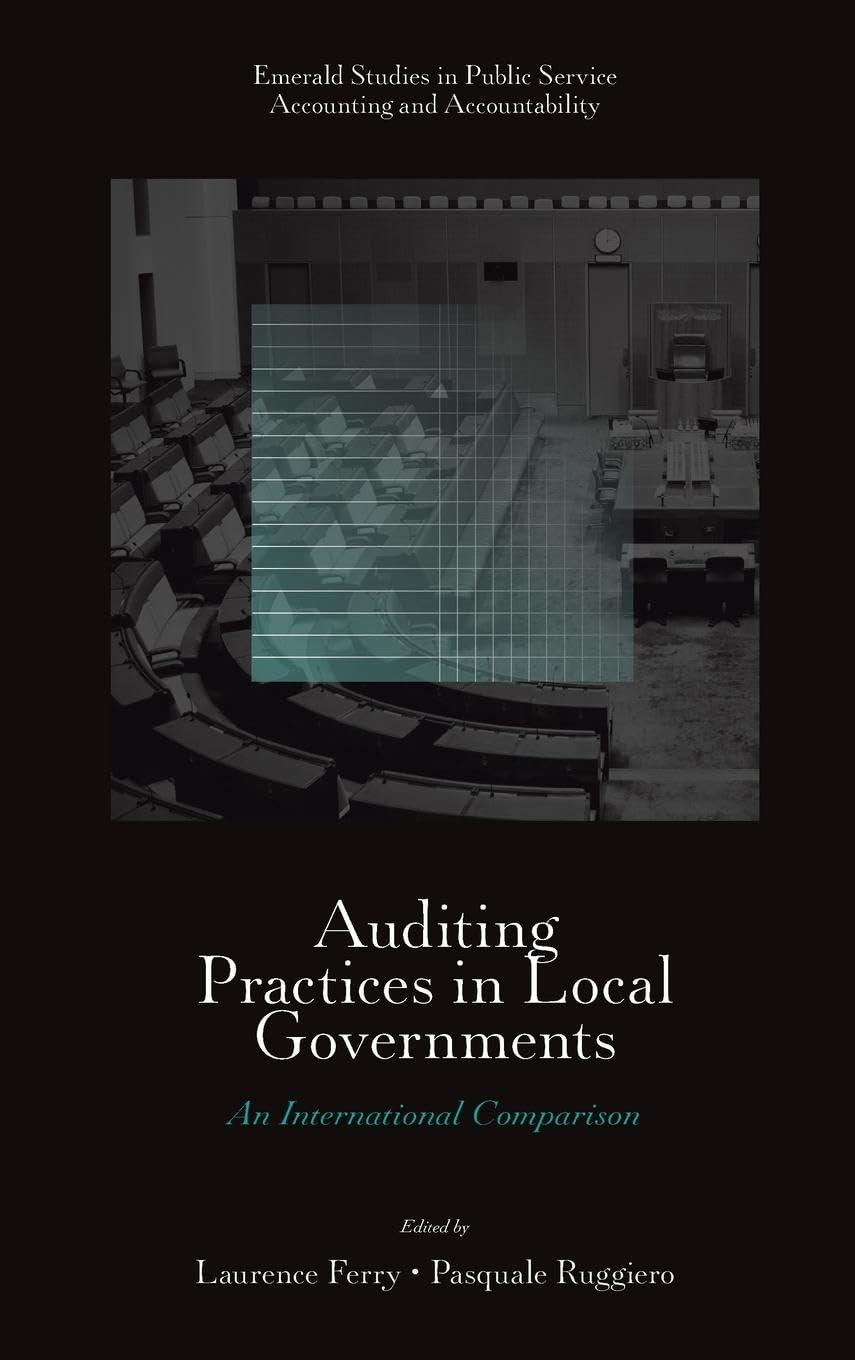Please look trough option (a)-(c), then clarify each answer in your progress.
Thanks for your help.


9. Let p(t) represent the population of a major city t years after 1950, as shown in the table and figure. Answer parts (a) through (c) below. Year t p(t) 1950 1960 1970 1980 1990 2000 0 10 20 30 40 50 49,000 90,181 165,972 305,460 562,179 1,034,652 2000 16001 12001 Population (thousands) 800 4001 10 20 30 40 50 Years after 1950 a. Compute the average rate of growth of the city population from 1970 to 1980. The average rate of growth is people / year. (Simplify your answer. Type an integer or a decimal. Round to the nearest tenth as needed.) b. Explain why the average rate of growth calculated in part (a) is a good estimate of the instantaneous rate of growth of the city in 1975. Choose the correct answer below. O A. The average rate of growth from 1970 to 1980 equals the slope of the secant line through points (20,p(20)) and (30,p(30)). OB. The slope of the tangent line at t= 25 is approximately equal to the slope of the secant line through points (20,p(20)) and (30,p(30)). O c. p(30) - P(20) The formula 30 - 20 gives the instantaneous rate of population change in 1975. c. Compute the average rate of growth of the city from 1990 to 2000. The average rate of growth is people/year. (Simplify your answer. Type an integer or a decimal. Round to the nearest tenth as needed.) Is this average rate of growth an overestimate or underestimate of the instantaneous rate of growth of the city in 2000? Overestimate O Underestimate Approximate the growth rate of the city's population in 2000. The instantaneous rate of growth is about people / year. (Simplify your answer. Round to the nearest ten thousand as needed.) 2000 1600 a 1200 Population (thousands) 800 400 0 10 20 30 40 50 Years after 1950 9. Let p(t) represent the population of a major city t years after 1950, as shown in the table and figure. Answer parts (a) through (c) below. Year t p(t) 1950 1960 1970 1980 1990 2000 0 10 20 30 40 50 49,000 90,181 165,972 305,460 562,179 1,034,652 2000 16001 12001 Population (thousands) 800 4001 10 20 30 40 50 Years after 1950 a. Compute the average rate of growth of the city population from 1970 to 1980. The average rate of growth is people / year. (Simplify your answer. Type an integer or a decimal. Round to the nearest tenth as needed.) b. Explain why the average rate of growth calculated in part (a) is a good estimate of the instantaneous rate of growth of the city in 1975. Choose the correct answer below. O A. The average rate of growth from 1970 to 1980 equals the slope of the secant line through points (20,p(20)) and (30,p(30)). OB. The slope of the tangent line at t= 25 is approximately equal to the slope of the secant line through points (20,p(20)) and (30,p(30)). O c. p(30) - P(20) The formula 30 - 20 gives the instantaneous rate of population change in 1975. c. Compute the average rate of growth of the city from 1990 to 2000. The average rate of growth is people/year. (Simplify your answer. Type an integer or a decimal. Round to the nearest tenth as needed.) Is this average rate of growth an overestimate or underestimate of the instantaneous rate of growth of the city in 2000? Overestimate O Underestimate Approximate the growth rate of the city's population in 2000. The instantaneous rate of growth is about people / year. (Simplify your answer. Round to the nearest ten thousand as needed.) 2000 1600 a 1200 Population (thousands) 800 400 0 10 20 30 40 50 Years after 1950








